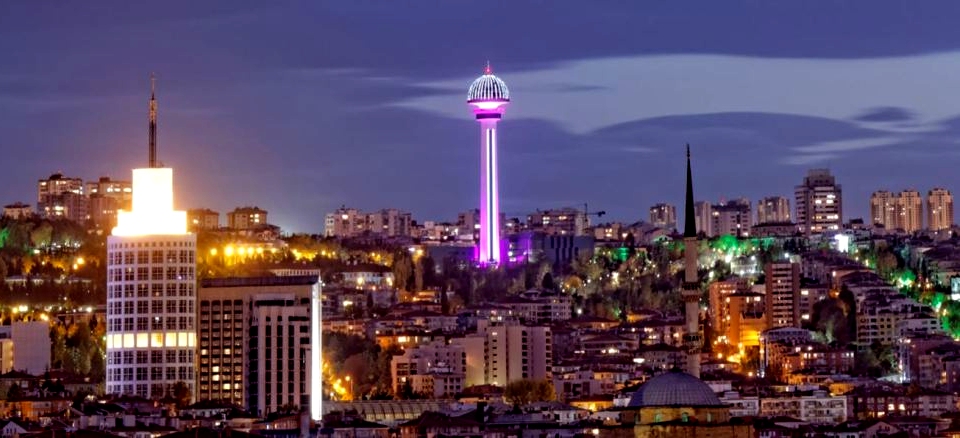
ANKARA CITY GUIDE

Located in the heart of Central Anatolia, Ankara was deemed worthy to serve as the capital of the then newly established Turkish Republic by its founder Atatürk. The history of Ankara and its environs stretches back to the Hatti civilization of the Bronze Age. Two thousand years before the time of Jesus, the Hittites become the dominant power of the region and the Phyrgians, Lydians and Persians followed them one after another. The 3rd century before Jesus, a Celtic race known as the Galatians made Ankara their capital city.
The name Ankara comes from the word 'Ancyra' which means 'anchor.' Ankara gained prominence under the leadership of Atatürk during the national resistance which followed World War I, and was declared the capital of the new Turkish Republic on October 13th 1923 when the National War of independence freed Turkey from foreign occupation.
Occupying one of the most prominent parts of the city is Anıtkabir, the magnificent mausoleum constructed to commemorate Atatürk. This structure, which was complete in 1953 is a synthesis of antique and modern architectural themes and proves the elegance and strength of Turkish architecture.
The oldest parts of the city surround the Castle. The Alaaddin Mosque found inside its walls is still one of the best examples of Selçuk art and wood craftsmanship, in spite of the fact that it was restored by the Ottomans. The area has experienced a rejuvenation with the restoration of many interesting old Turkish houses and the opening a several art galleries and fine restaurants which feature examples of traditional Turkish cuisine. Near the gate of the castle is the Museum of Anatolian Civilizations, which is a beautifully restored portion of the old bazaar. It contains priceless artifacts belonging to the Paleolithic and Neolithic eras as well as the Hatti, Hittite, Phrygian, Urartu and Roman civilizations. Ankara has a vibrant cultural and artistic life with many select ballet, theater, opera and folk dances performances. The city's Philharmonic Orchestra, which always plays to a packed house is especially famous.
Sites of Interest
Atatürk's Mausoleum, Atatürk Forest Farm and Zoo, Youth Park (Gençlik Parkı), Ankara Castle, Augustus Temple, Caracalla (Roman) Baths, Julianus Column, Alaeddin Mosque, Hacı Bayram Mosque, Aslanhane (Ahi Şerefaddin) Mosque, Ahi Elvan Mosque, Cenabı Ahmed Pasha Mosque, Ulus Republic Monument, Güven Monument, Victory Monument, new and old Parliament Buildings, Museum of Anatolian Civilizations, State Art and Sculpture Museum, Ethnography Museum, Çankaya Atatürk Museum, Natural History Museum, Çubuk Dam, Gölbaşı (lake area), Kızılcahamam Soğuksu National Park and hot springs, Ayaş Karakaya hot springs, Haymana hot springs, Gordion.












